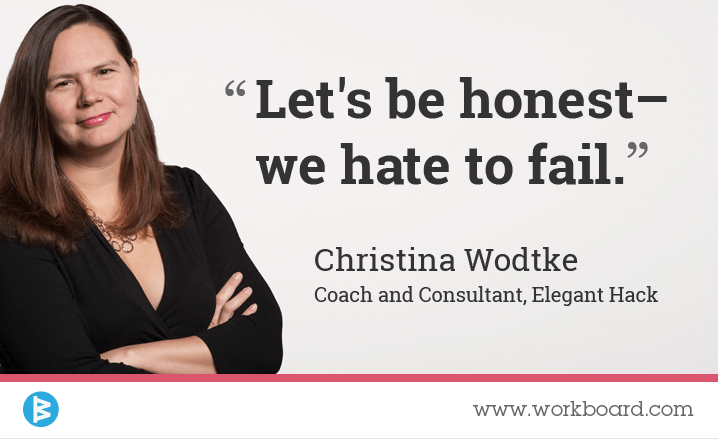There is a lot of discussion about productivity, but I’ve always preferred the term velocity. I’ve found that my velocity to goal determines my career velocity. By that I mean the speed and efficiency with which I achieve my OKRs (Objectives and Key Results) determines the speed and degree of career growth I experience. If I use half the time and half the people, capital and other resources to achieve the goal or objective as planned or as a peer, there will be career reward and recognition. As importantly, the organization can then apply the unused time, capital, people and other resources to achieving more than it planned or its peers -- a double dividend of high velocity OKR achievement. And of course, the reverse is also true … taking twice the time and resources is bad for you and the company!
I love the sensation of forward movement, low-friction and trajectory that velocity evokes. The term productivity doesn’t quite get there – primarily because it’s easy to confuse the satisfaction of crossing things off your to do list with having a material impact on the organization or your career.
Motion or Achievement?

To have a meaningful impact on the organization and gain career growth and professional rewards, what you work on and how you work need to align to achievement of the goals of the organization.
These 5 strategies have helped me and can increase your career velocity:
- Do work that matters. It is often not the easiest work … it’s work that clearly aligns with and advances the economic and strategic goals of the organization. Don’t know the strategic goals and objectives? Work on that next!
- Deliver excellent work. It is often not the first and fastest thing you do or deliver. It is the best you can do or deliver. Set a high bar for yourself.
- Value time as money. Because that’s what it is. Act like it’s your money being burned when you burn time. Get to end of job on time and then reach for more.
- Learn everything you can. By doing and engaging, not by observing and judging. Then use what you learn to improve your work product and grow your impact capacity.
- Choose a full experience. Choose to engage and experience the work and what the environment has to offer — especially when it’s not a walk in the park. You’ll build skills and durability much faster. When you choose less than full engagement, you lose.
For a chuckle and to underscore the point, here is the opposite of these 5 strategies: functioning at a snail’s pace doing irrelevant, mediocre work that you’re not proud of and which is completely disconnected from leadership’s goals while learning nothing, gossiping plenty and staying disengaged on the side lines.
Chances are you’ve worked with someone just like this, but never wanted to be that person!
What do you think? What are your velocity strategies and tactics?










